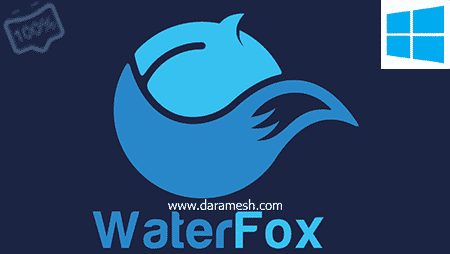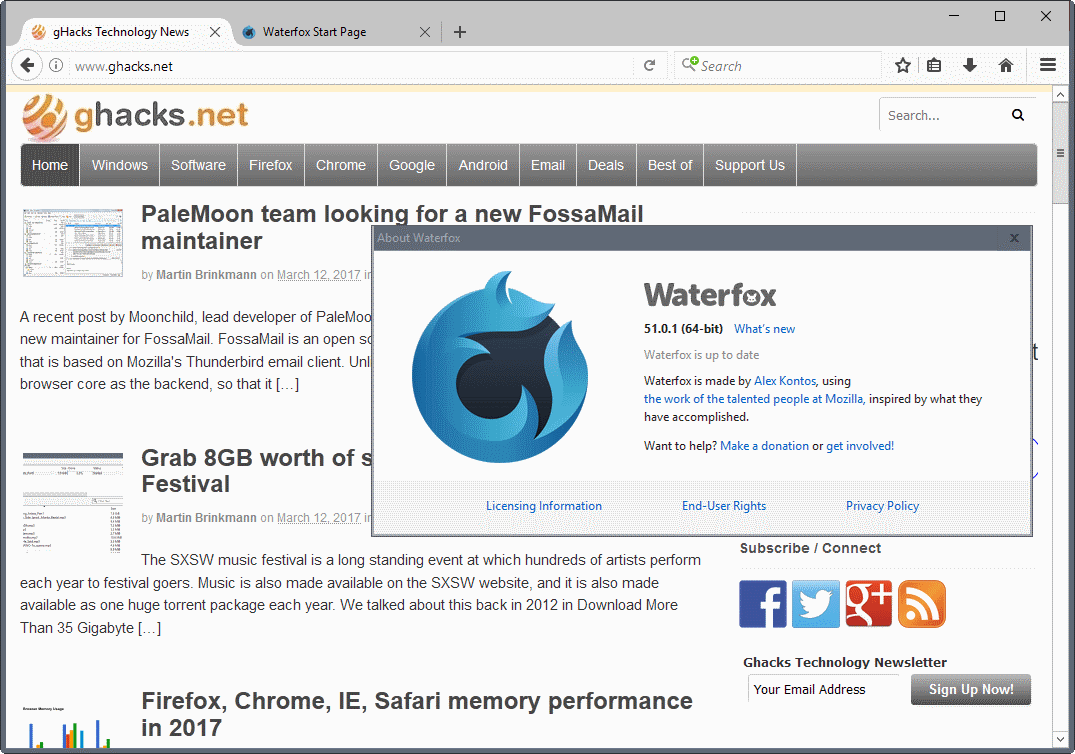
XUL was used by various Mozilla projects, forks of Mozilla projects, and projects closely related to Mozilla. It was designed as an expansion of HTML to be used with applications rather than documents. When XUL was introduced, it added features beyond the then standard HTML 4. XUL is similar to web technologies implemented by the Gecko rendering engine. XUL was devised at Netscape in 1997 as part of the development effort that eventually became the Mozilla codebase. The Periodic Table of XUL Elements is a reference extension designed to demonstrate XUL's capabilities. The Pale Moon browser, Basilisk browser, Hyperbola operating system, and several smaller projects collectively use and maintain the Unified XUL Platform (UXP) implementation. Waterfox maintains a fork of the Mozilla codebase for the Waterfox Classic browser. Several forks of Firefox retain support for XUL and XUL-based add-ons. Firefox originally permitted add-ons to extensively alter its user interface, but this capability was removed in 2017 and replaced with the less-permissive WebExtensions API. This resulted in the removal of add-on customization. However, Mozilla has reduced the usage of XUL in Firefox after their rewrite of the browser engine in version 57. The most prominent example is the Firefox web browser.


XUL applications rely on the Mozilla codebase or a fork of it. XUL is an XML dialect for writing graphical user interfaces, enabling developers to write user interface elements in a manner similar to web pages. XUL ( / ˈ z uː l/ ZOOL), which stands for XML User Interface Language, is a user interface markup language developed by Mozilla.


 0 kommentar(er)
0 kommentar(er)
